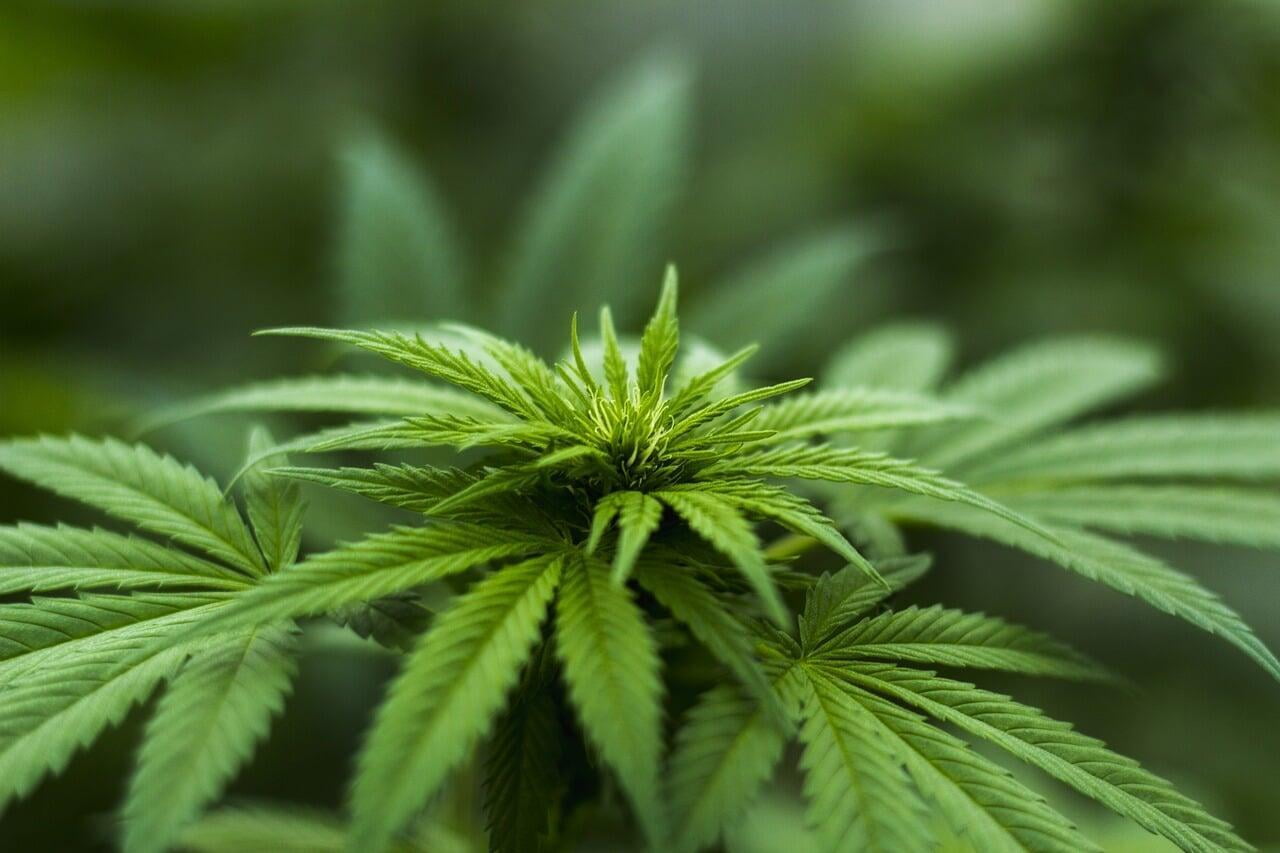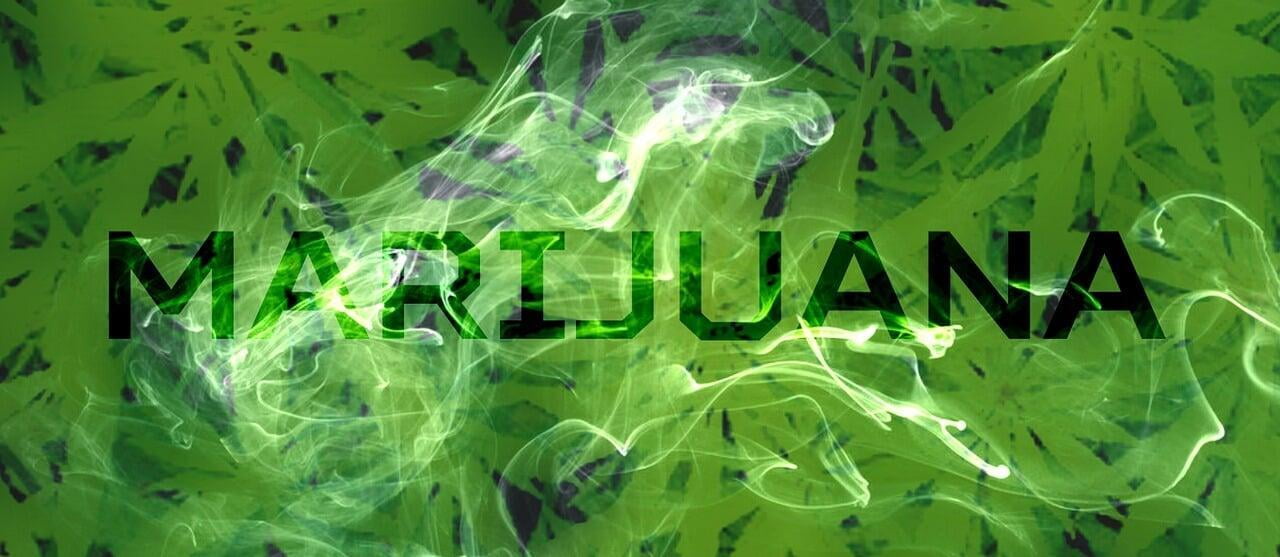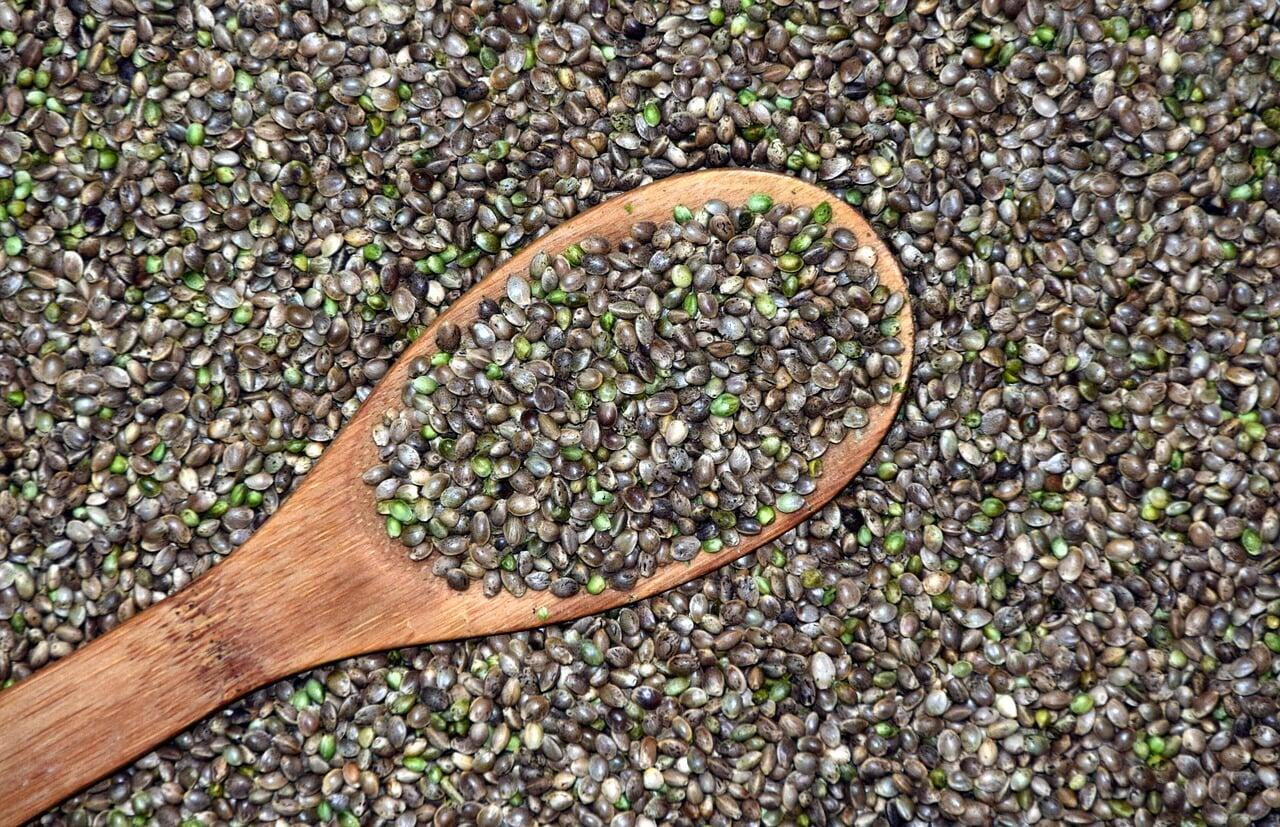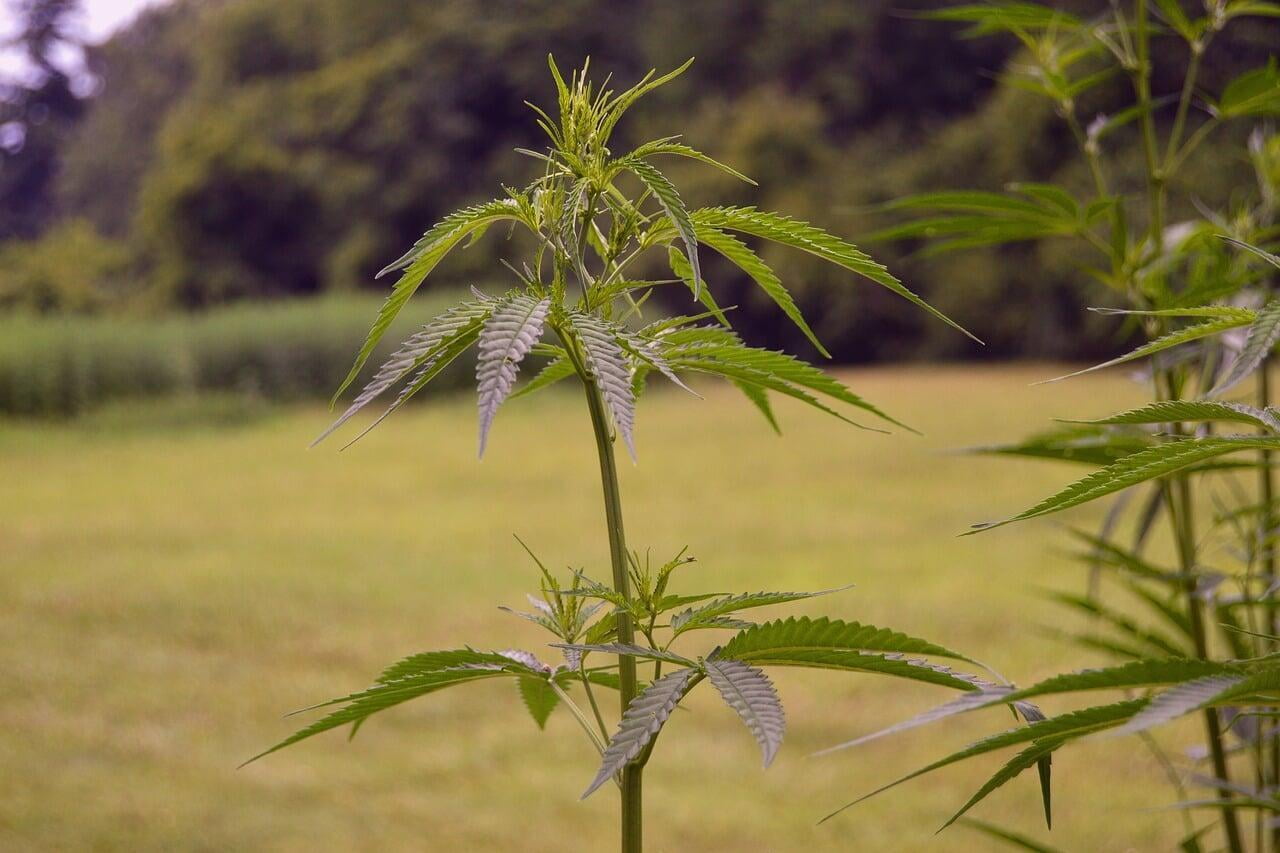
Cannabis Sativa (or hemp) is a herbaceous plant which has been used since decades for medicinal as well as industrial purpose. The use of Cannabis Sativa is not allowed in many countries because of its misuse, mostly amongst the youth. It contains a psychoactive constituent called tetrahydrocannabinol (THC), which, when taken in high amounts, can affect your nervous system.
Hemp vs Marijuana

Hemp growing regions
Hemp first originated in central Asia. Its production was rampant in many countries like China, Europe, Japan, Chile, and other countries for years. Before 1985 it was entirely legal to grow Hemp in India. In fact, During the time of World War 1, India used to be the largest manufacturer of hemp. Hemp is usually grown in temperate regions. In India, Hemp grows in abundance in Himalayan belt states.
There are more than 30 countries which produce industrial hemp. France leads the world in hemp production. It meets 70% of the world hemp demand. China is the second-largest producer. Small production occurs in Europe, Chile, and North Korea. Countries like India, Australia, Japan, UK, and others also grow hemp. India banned the production of hemp in 1985 and made its use a criminal offence. As on date, the policy is changing. States like Uttrakhand, UP, MP, and Manipur have either allowed or working towards allowing cultivation of commercial hemp.
Uses of Hemp
Hemp can be used in multiple ways. It can be consumed raw, or it can be processed and then used for industrial purposes.
As seeds:
- Hemp seeds can be eaten raw as an accompaniment in the meal. Its leaves are eaten raw in the salad. Hemp seeds contain protein, carbohydrates, vitamin B, magnesium, zinc, and other trace elements in it.
- Hemp seeds contain a high oil content of up to 30%. Milk and oil extracted from Hemp seeds can be used in making industrial products like paint and varnishes, soaps, etc.
- Hemp fiber is used for making clothes. Pure hemp has a texture similar to linen. Hemp fibers are strong and durable enough to replace wood. Hempcrete is a kind of building block made by mixing hemp and lime.
- Hemp is also used for making paper, plastic, jewellery and cordage (twin, yarn, rope, etc.)

Environmental benefits of Hemp
- Cleaning of wastewater - Hemp helps in cleaning wastewater such as sewage effluents by using the process of phytoremediation (using living plants to clean air, water, and soil).
- For weed control - It is used as a mother crop, which stops the growth of weeds. It can be used by farmers to avoid the use of herbicides and other chemicals on plants, which in turn affect our environment. CBG (Cannabigerol) is the compound present in hemp, which opposes the growth of weed.
- As biofuels - we also get biofuels from hemp by using seed oil and stalks as well. By fermenting the whole plant, we can even get alcohol fuel (methanol).
Medicinal potential of Hemp
The main constituent of cannabis Sativa is THC, but it contains more than 500 other compounds; among them, 113 are cannabinoids produced in trace amounts. Research is going on to find out the use of these compounds present in hemp.
The important compounds apart from THC produced in larger quantities are CBD(Cannabidiol) and CBG(Cannabigerol).
Apart from the medicinal benefits, there is another advantage of growing hemp too. It is a short crop cycle crop, so farmers can grow and use it as a cash crop. If you do plan on growing hemp, do check your state regulations and take necessary permissions from the authority before starting.
Happy Growing!
